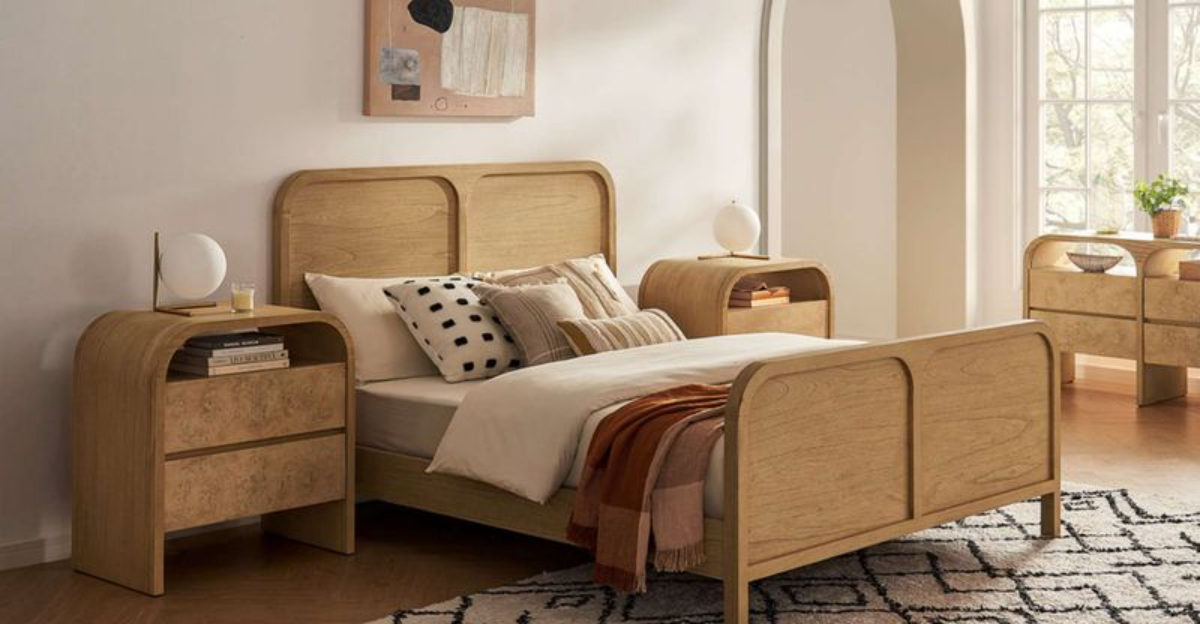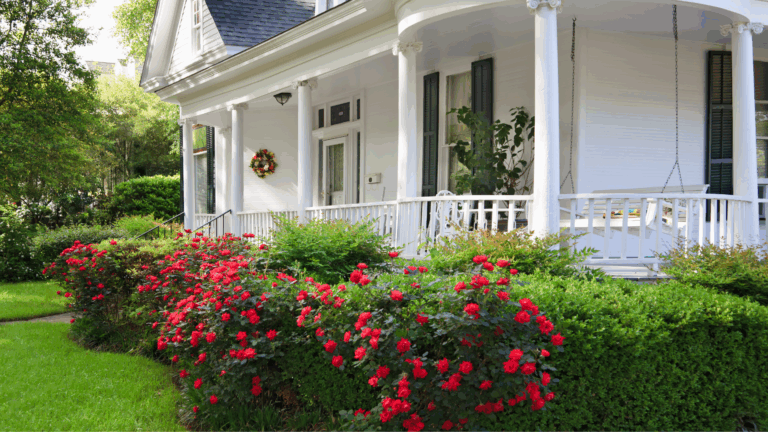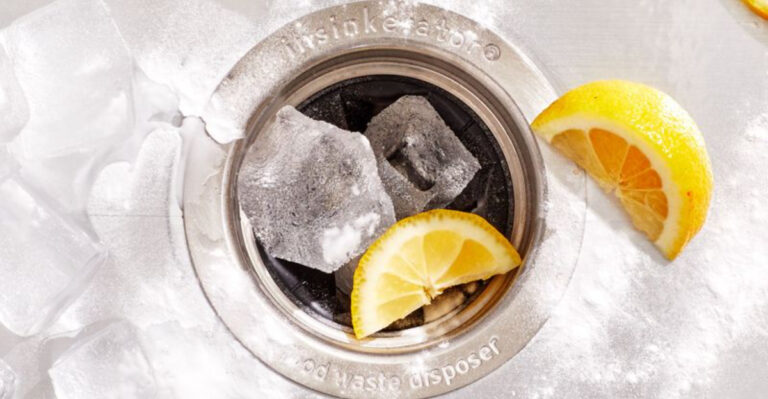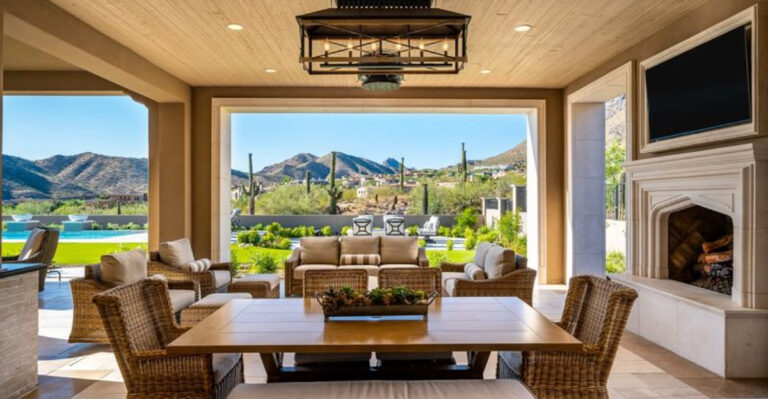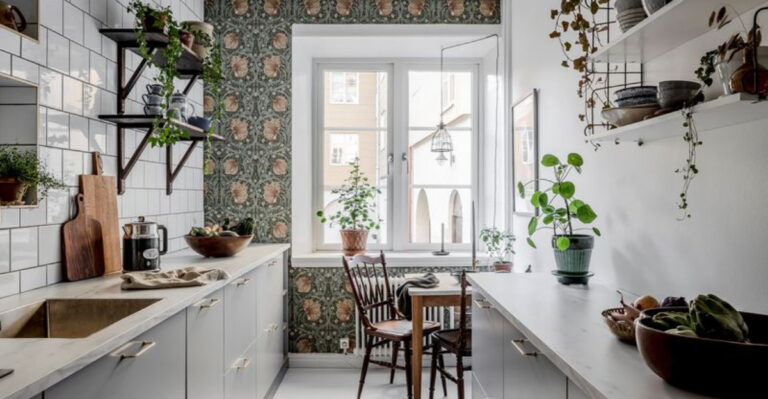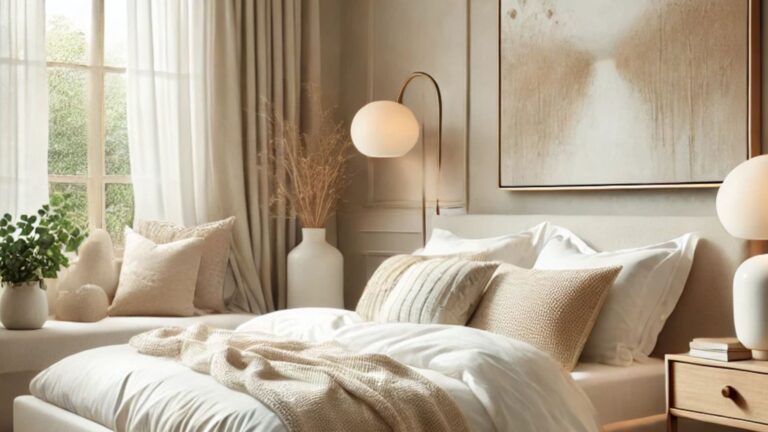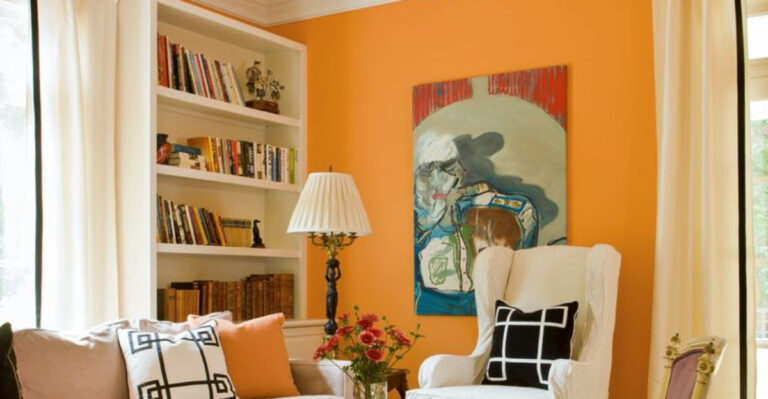15 Popular Home Trends Interior Designers Say Won’t Age Well (Plus 5 That Will Age Even Worse)
I’ve fallen for a few home trends that felt like genius at the time, until they aged about as well as a carton of milk.
The truth is, design fads come and go fast, and what looks cutting-edge today might have you cringing in a few years. Interior designers have seen it all, and they’re already flagging the styles that are headed for the exit.
If you’re thinking about a home refresh or just curious about what not to do, this roundup dives into the trends experts say we’ll regret, and the ones that might leave future homeowners scratching their heads.
1. All-White Kitchens
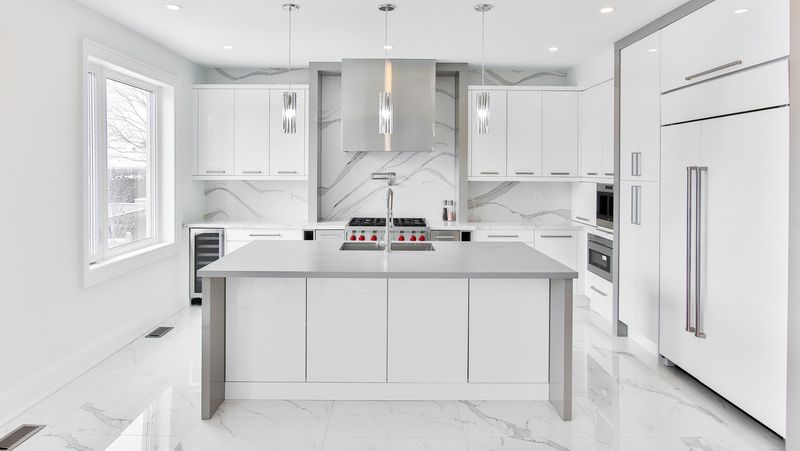
White kitchens have dominated for years, but designers predict their pristine reign is ending. The clinical, showroom-like appearance lacks warmth and personality many homeowners now crave.
Maintaining that perfect white is practically a full-time job! Coffee spills, sauce splatters, and everyday cooking quickly transform those gleaming surfaces into a cleaning nightmare.
Warm wood tones and colorful cabinetry are emerging as more practical alternatives.
2. Barn Doors Everywhere
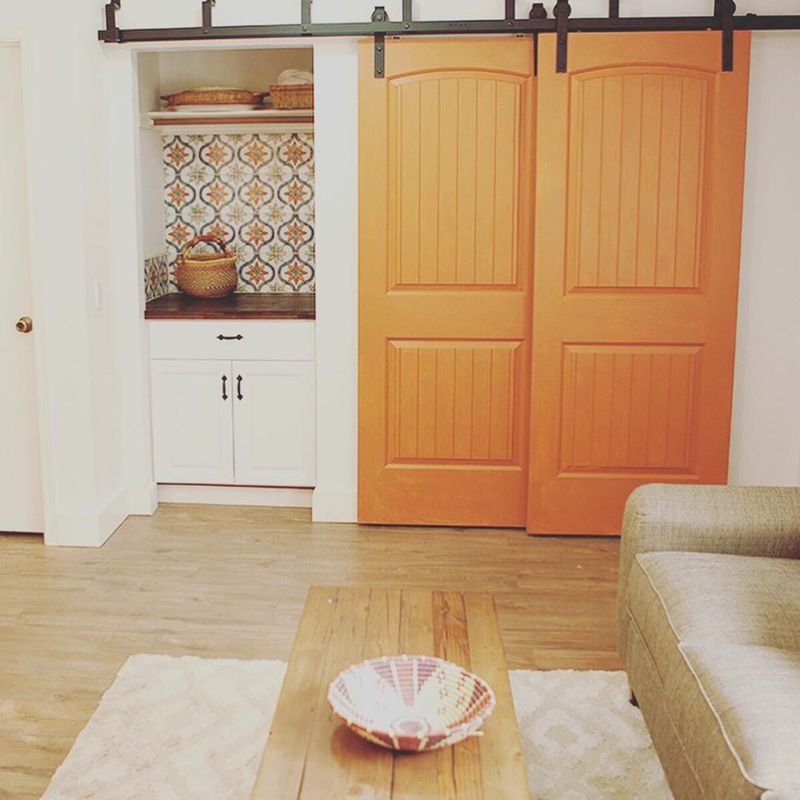
Remember when sliding barn doors suddenly appeared in every home renovation show? While they seemed like space-saving miracles, they’re quickly becoming the shag carpet of the 2020s.
These chunky doors offer zero sound privacy and frequently jump their tracks. Plus, the farmhouse aesthetic feels increasingly forced in modern homes.
If you live in an actual converted barn, keep them! Everyone else might want to consider standard hinged doors for their next update.
3. Word Art Wall Decor

Nothing screams “2010s” like a giant “LIVE LAUGH LOVE” sign above your couch. Word art and inspirational phrases have saturated homes to the point of becoming visual noise rather than meaningful decor.
What seemed charming initially now feels mass-produced and impersonal. Many designers suggest replacing text-heavy decorations with actual art that sparks conversation.
Your guests don’t need written instructions to “gather” in your dining room—they’ll figure it out!
4. Gray Everything
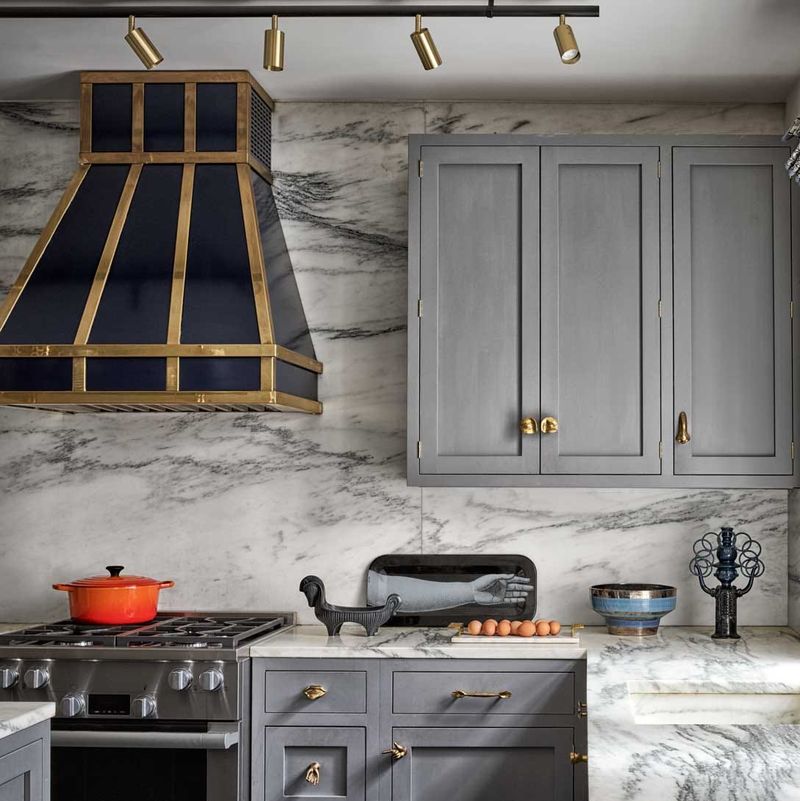
Gray swept through homes like a fog, covering walls, floors, furniture and more. The once-sophisticated neutral has become so ubiquitous that designers are now running in the opposite direction.
Homes drenched in gray can feel cold, sterile and depressing—like living inside a rainy day. The pendulum is swinging toward warmer neutrals and actual colors that bring joy.
Future buyers might view all-gray spaces as sadly dated, similar to how we now view the brown-on-brown trend of the 1970s.
5. Open Shelving Kitchens
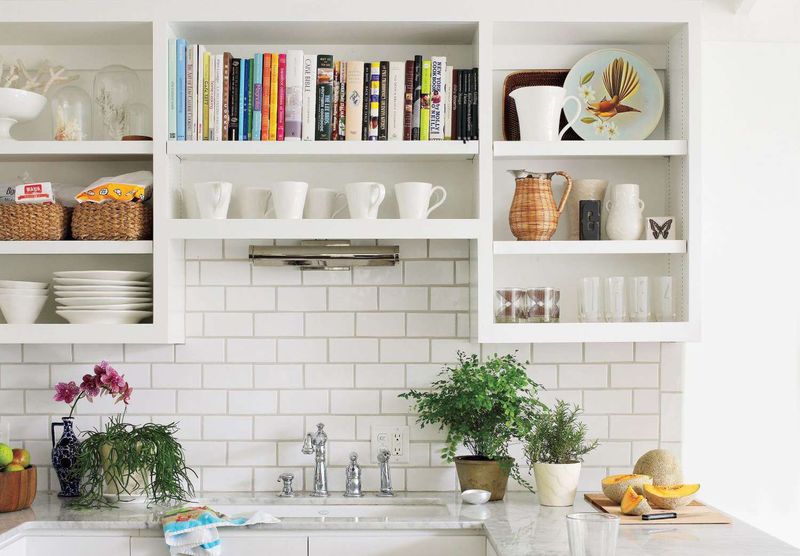
Open shelving looks magazine-worthy on installation day. Six months later? Not so much. This trend requires a minimalist lifestyle and frequent styling that most busy families can’t maintain.
Dust collects relentlessly on those perfectly arranged dishes. Cabinets exist for good reason—they hide visual clutter and protect your items!
As work-from-home lifestyles continue, people increasingly value storage that conceals rather than displays everyday items. Practicality usually wins against purely aesthetic choices.
6. Accent Walls
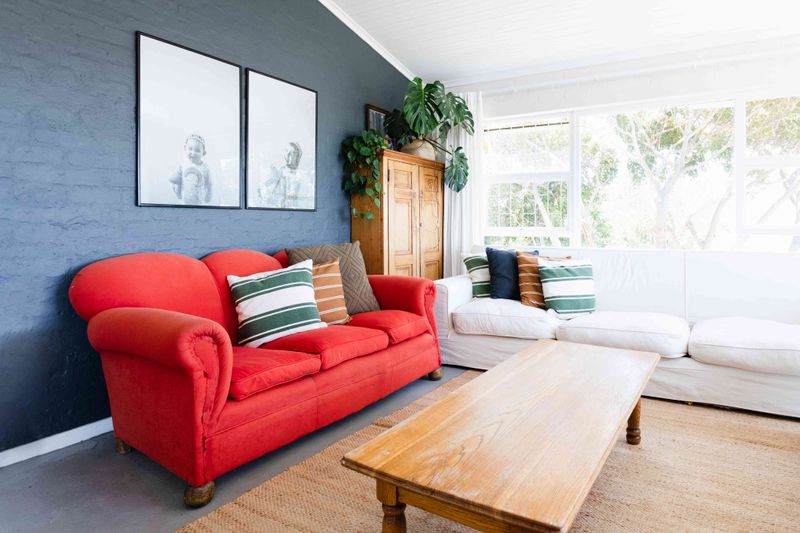
Once considered an easy way to add drama, accent walls are increasingly viewed as half-hearted design commitments. That single navy blue wall in your neutral living room might already be whispering “2018” to visitors.
Designers now favor more cohesive approaches like embracing color throughout a space or using architectural features instead of paint to create interest.
If you love that bold color, why not use it everywhere? Half-measures in design often feel dated faster than fully committed choices.
7. Farmhouse Everything
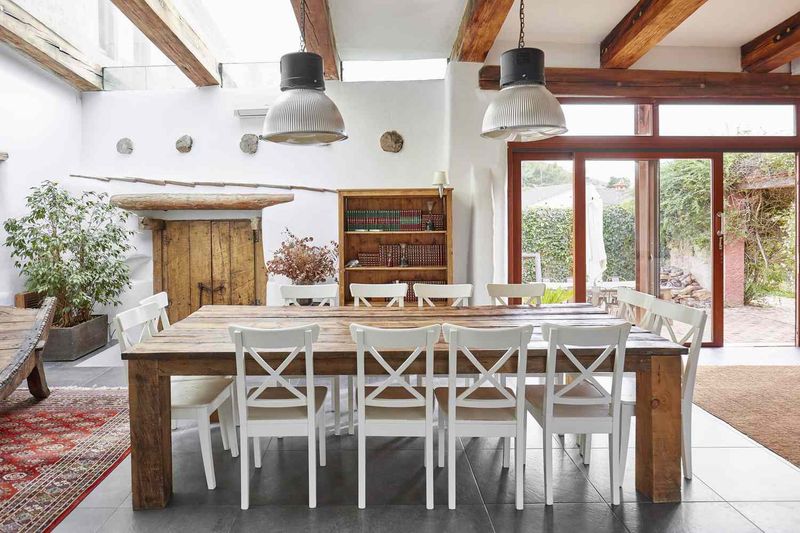
Shiplap, distressed furniture, and mason jars have invaded homes far from any actual farms. The rustic farmhouse trend peaked so hard that it’s now tumbling down the other side of the mountain.
When urban apartments feature sliding barn doors and chicken wire decor, something has gone terribly wrong! Authentic design reflects your actual lifestyle and location.
Unless you’re raising chickens in your backyard, designers suggest gradually retiring the more themed farmhouse elements for something that better reflects your true environment.
8. Fast Furniture
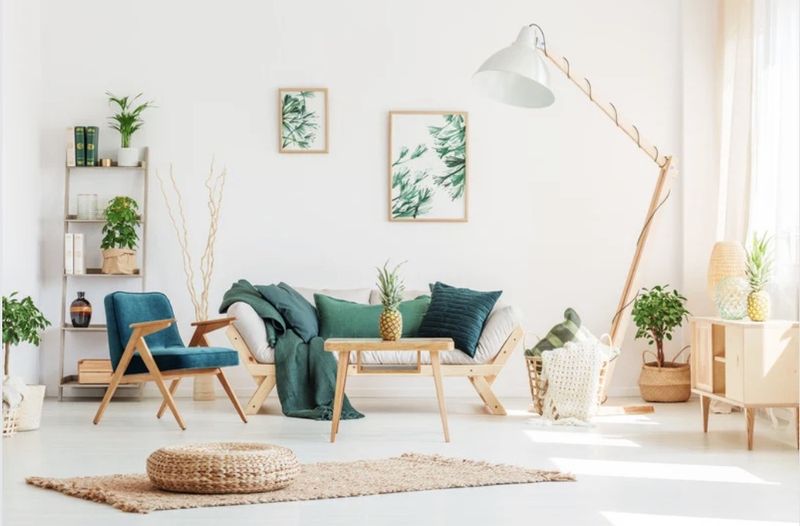
Cheap, trendy furniture pieces from big box stores might fit your budget now, but they’re the definition of false economy. These items often break down within a few years, forcing replacements.
Beyond wasteful spending, the environmental impact is enormous. Quality pieces cost more initially but become family heirlooms rather than landfill fodder.
Designers see a growing backlash against disposable furniture as sustainability concerns rise and people seek items with genuine character and craftsmanship.
9. Waterfall Countertops
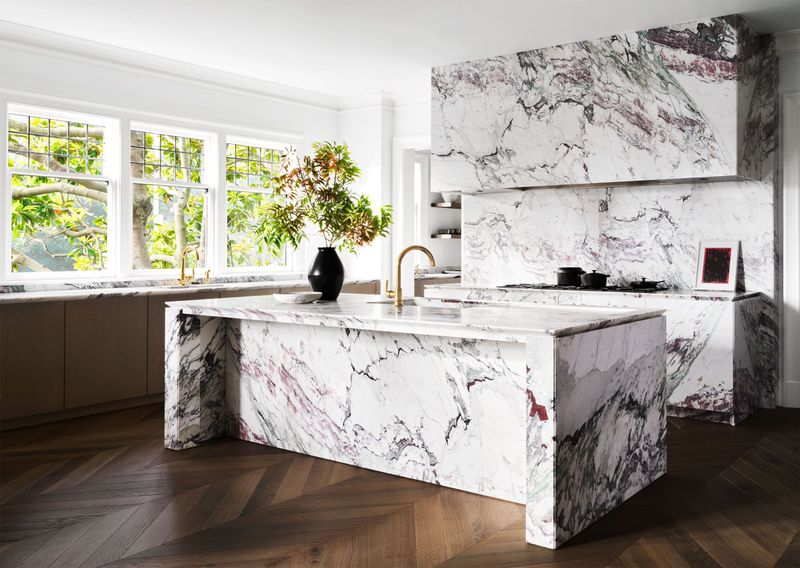
Waterfall edges—where countertop material continues vertically down the sides—commanded premium prices in recent kitchen renovations. However, this dramatic feature is already showing signs of becoming dated.
The look requires significant material and installation costs for what’s essentially a visual effect. Many designers now prefer more timeless applications of stone and quartz.
Subtle, functional design choices typically outlast showy statements that scream their installation year to future homeowners.
10. Industrial Chic Overload
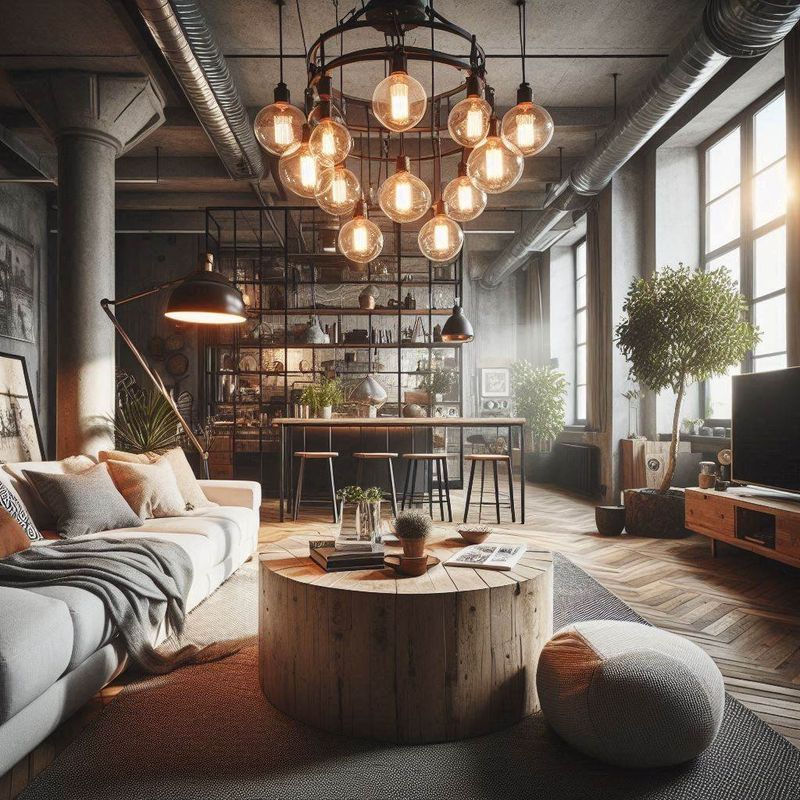
Exposed pipes, Edison bulbs, and metal everything turned homes into factory-inspired spaces. While industrial elements can add character, going all-in creates spaces that feel cold, uncomfortable, and increasingly dated.
The concrete floors that seemed edgy now just feel hard underfoot. Those bare Edison bulbs? They cast unflattering light and collect dust.
Designers predict the industrial trend will evolve toward incorporating just a few rugged elements within otherwise comfortable, livable spaces.
11. Oversized Furniture
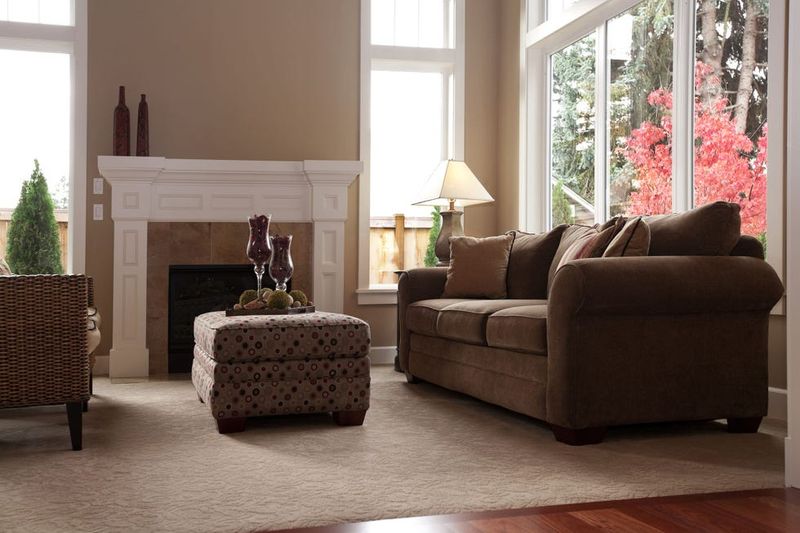
Massive sectionals and king-sized everything dominated the McMansion era. Now, these space-hogging pieces feel increasingly impractical as housing sizes decrease and flexibility becomes essential.
Bulky furniture makes rooms feel smaller and limits rearrangement options. Smart homeowners are shifting toward appropriately scaled, versatile pieces that can adapt to changing needs.
When moving day comes, no one wants to discover their gigantic sofa won’t fit through the new front door!
12. Rose Gold Everything
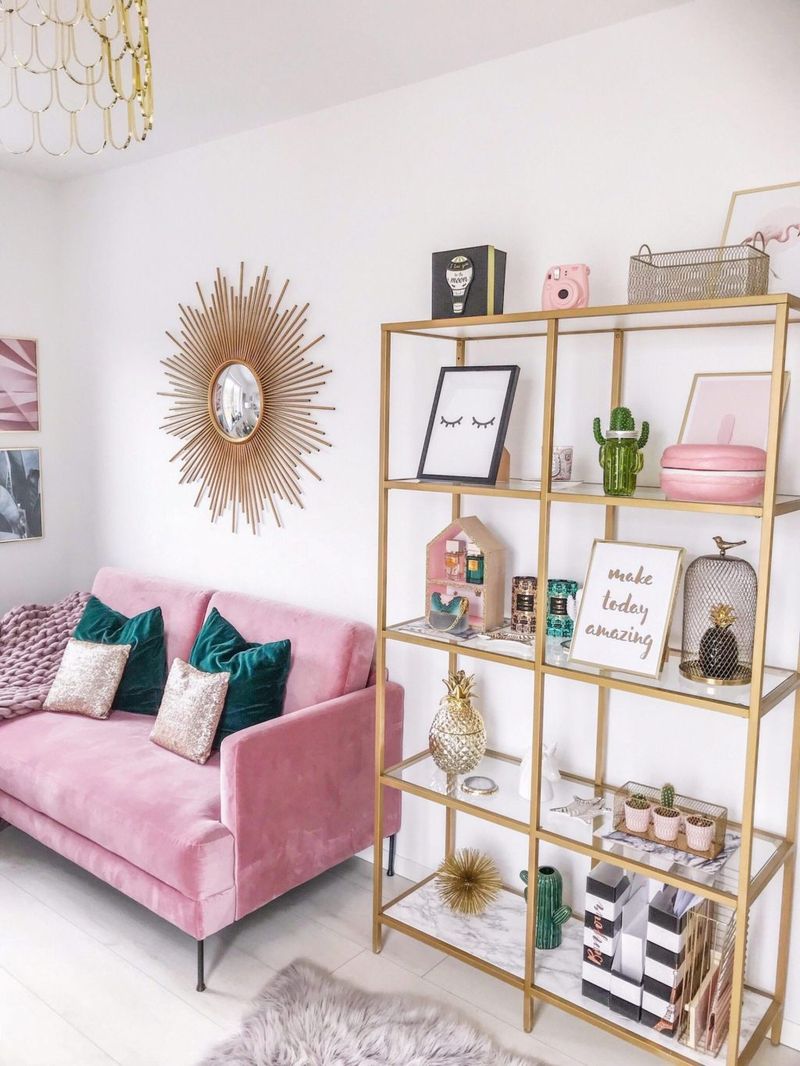
Remember when rose gold exploded onto the design scene? Suddenly everything from faucets to furniture featured this pinkish metallic finish. Unfortunately, it’s become one of the most time-stamped trends of recent years.
Unlike classic brass or nickel finishes that have cycled in and out of popularity for centuries, rose gold screams “2016” like nothing else.
Hardware and fixtures represent significant investments, so designers recommend sticking with finishes that have demonstrated staying power over multiple decades.
13. TV As Focal Point
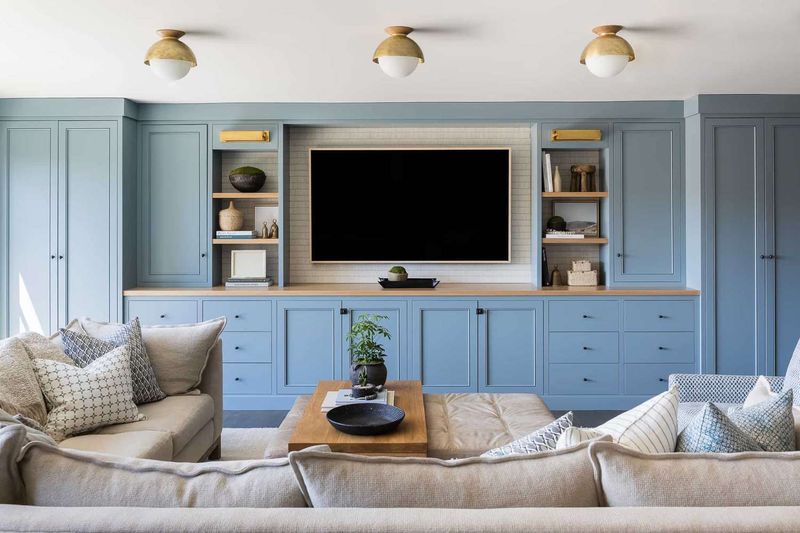
Designing entire living rooms around massive wall-mounted TVs is a trend designers hope will fade. These black rectangles dominate spaces even when turned off, creating imbalanced rooms lacking conversation areas.
Forward-thinking homeowners are exploring alternatives like projectors, frame TVs, or rooms where technology isn’t the star.
The pendulum is swinging back toward living spaces that prioritize human interaction. Furniture arrangements that force everyone to stare at one wall feel increasingly outdated.
14. Faux Distressed Furniture
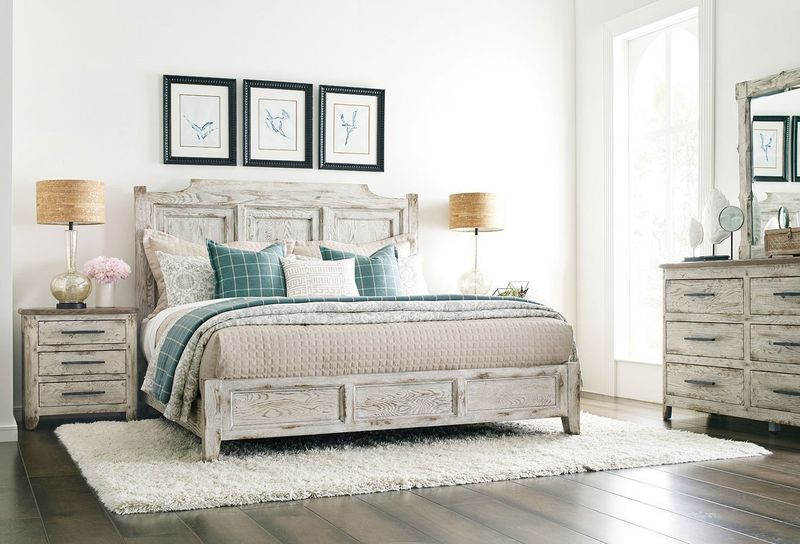
Factory-distressed furniture that attempts to look antique without the history is quickly falling from favor. These mass-produced pieces with artificial wear marks lack the authenticity and character of genuinely aged items.
The fake chippy paint and pre-made “wear patterns” fool nobody. If you love the weathered look, designers suggest investing in actual vintage pieces with real stories behind their scratches and dents.
Alternatively, let your new furniture age naturally through years of actual use and love.
15. Minimalist Extremes
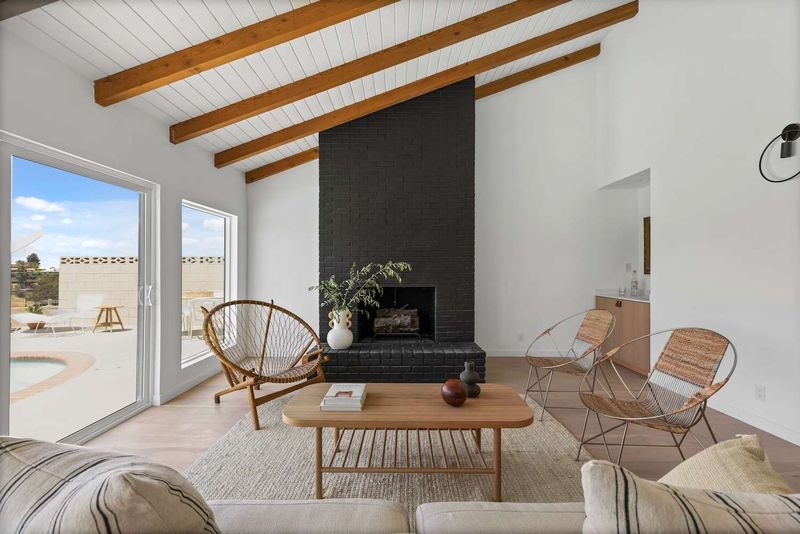
Ultra-minimalist spaces with barely any possessions visible made waves on social media. In real life, these sparse environments often feel uncomfortable and impractical for actually living.
Hiding everything behind featureless cabinets creates daily inconvenience. Where’s the line between thoughtful curation and sterile emptiness?
Designers predict a swing toward “warm minimalism” that balances clean lines with personal touches, natural materials, and visible items that bring joy rather than visual noise.
16. Terrazzo Overload
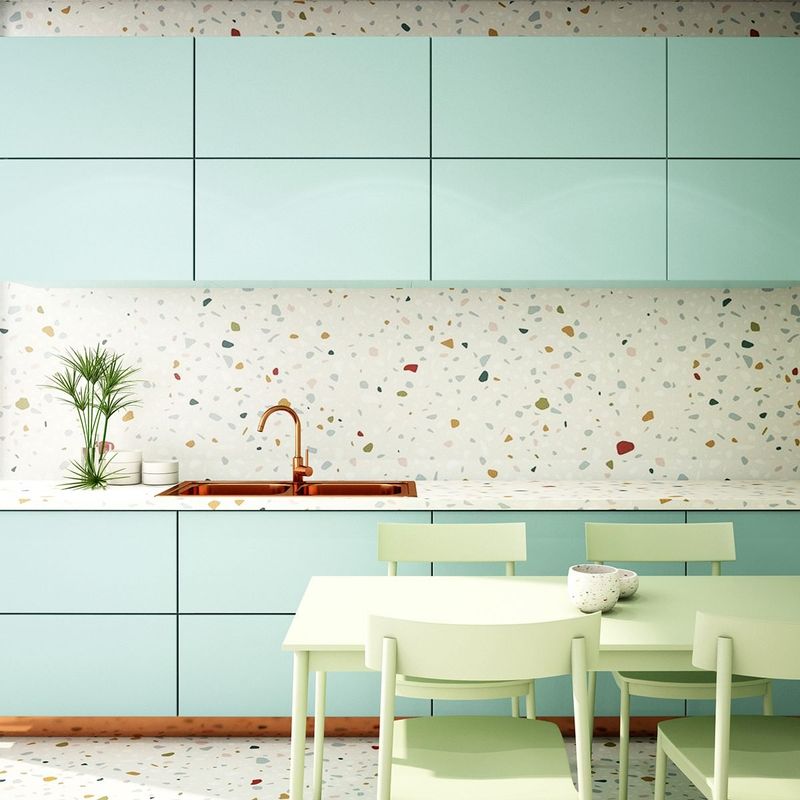
Terrazzo flooring made a massive comeback, expanding beyond floors to countertops, furniture, and even wallpaper patterns. While the material has historical staying power, its current ubiquitous application feels trend-driven rather than timeless.
The colorful speckled pattern can quickly overwhelm spaces when used extensively. Designers suggest using terrazzo as an accent rather than a dominant feature. When a material jumps from floors to shower curtains and throw pillows, it’s usually headed for trend burnout.
17. Vessel Sinks
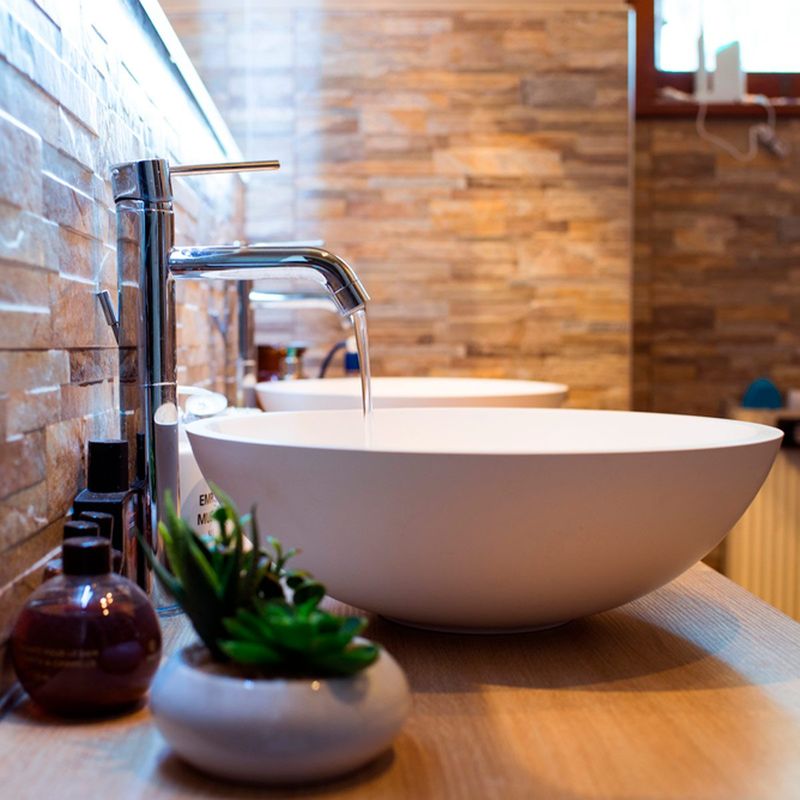
Those bowl-like sinks that sit atop counters rather than recessing into them quickly became bathroom status symbols. Now they’re frequent renovation regrets due to their impracticality.
Water splashes everywhere. Cleaning around the base becomes a chore. The height often feels awkward for everyday use, especially for children or shorter adults.
Standard undermount sinks provide timeless functionality without the drawbacks, which is why designers see vessel sinks rapidly falling from favor.
18. Matching Furniture Sets
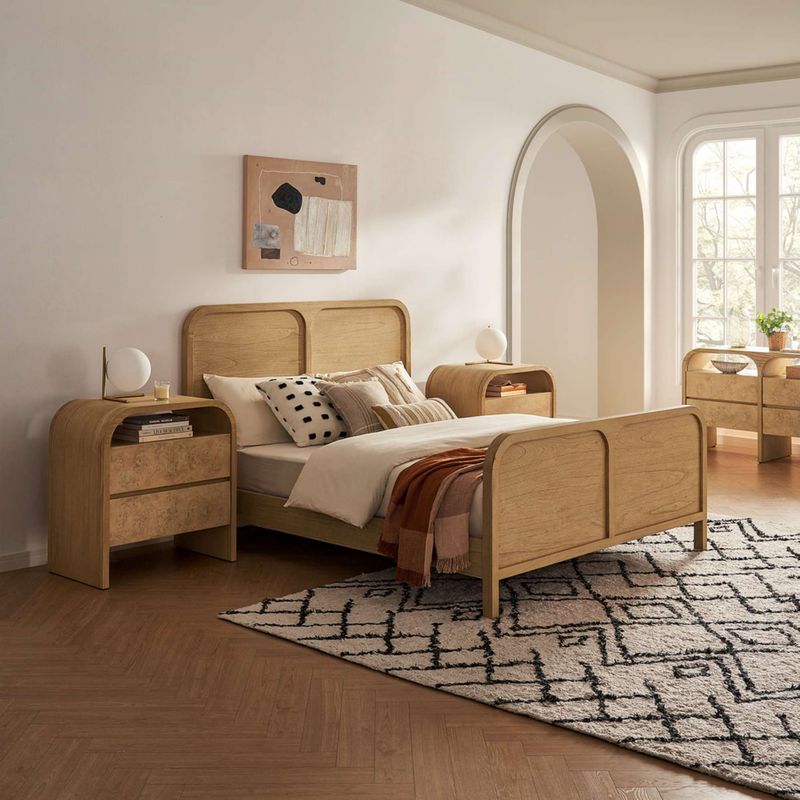
Purchasing entire matching furniture collections straight from showrooms creates instantly dated, catalog-like rooms lacking personality. These cookie-cutter arrangements scream “I bought everything at once” rather than reflecting a curated home.
Designers strongly recommend mixing complementary pieces acquired over time. Rooms evolve naturally when furnishings tell different stories while harmonizing visually.
When everything matches perfectly, the bedroom suite, the living room collection, spaces feel like hotel rooms rather than personal sanctuaries.
19. Pallet Wood Everything
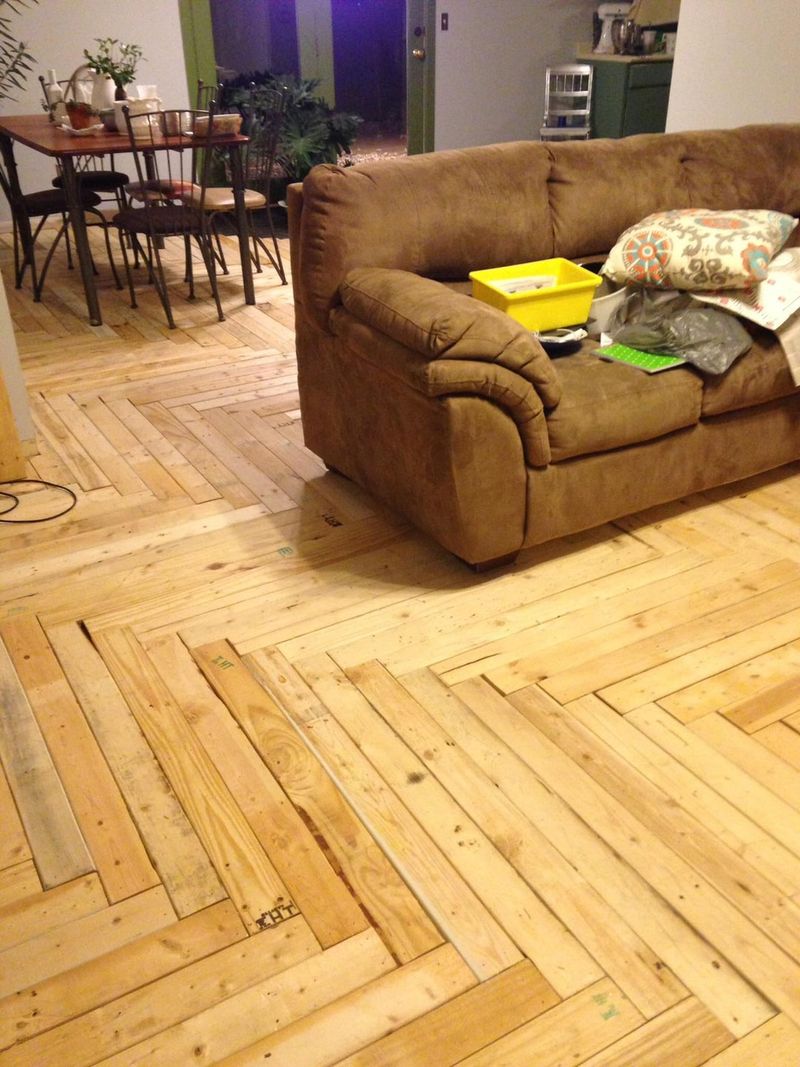
Reclaimed pallet wood projects exploded across DIY channels, turning shipping materials into headboards, coffee tables, and wall coverings. The rough-hewn aesthetic initially seemed eco-friendly and rustic.
However, many pallets contain chemicals and treatments unsuitable for indoor use. Beyond safety concerns, the look quickly became oversaturated.
Designers note that genuine reclaimed wood from barns or historical buildings offers authentic character, while pallet projects often look obviously homemade and trend-driven.
20. Acrylic/Ghost Furniture
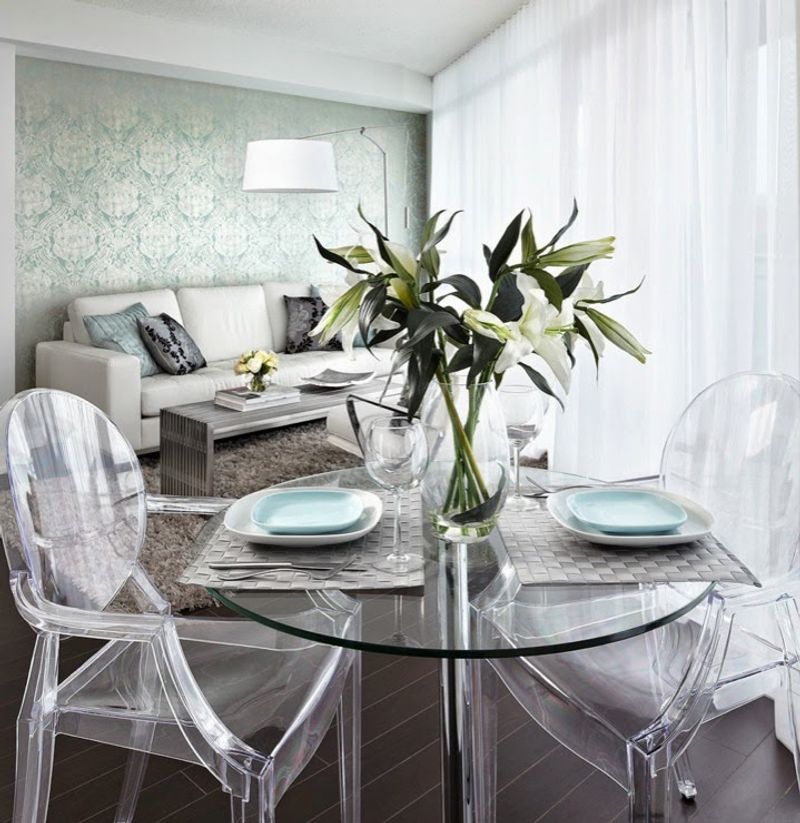
Transparent furniture had a major moment, promising to make small spaces feel larger. While visually lightweight, these pieces have significant practical drawbacks that are sending them to the design graveyard.
Scratches appear almost immediately. Fingerprints and dust show constantly. The material often yellows over time. Most importantly, they’re surprisingly uncomfortable!
Clear furniture might solve visual space problems, but at the cost of comfort and durability, a trade-off fewer homeowners are willing to make.

